For the past 8 years, a collaborative project between state and local government has been improving water quality and biodiversity along the river. Unless you visit regularly, it might be hard to see the impact of all this work. Here's 6 signs that will tell you the river is on the road to recovery.
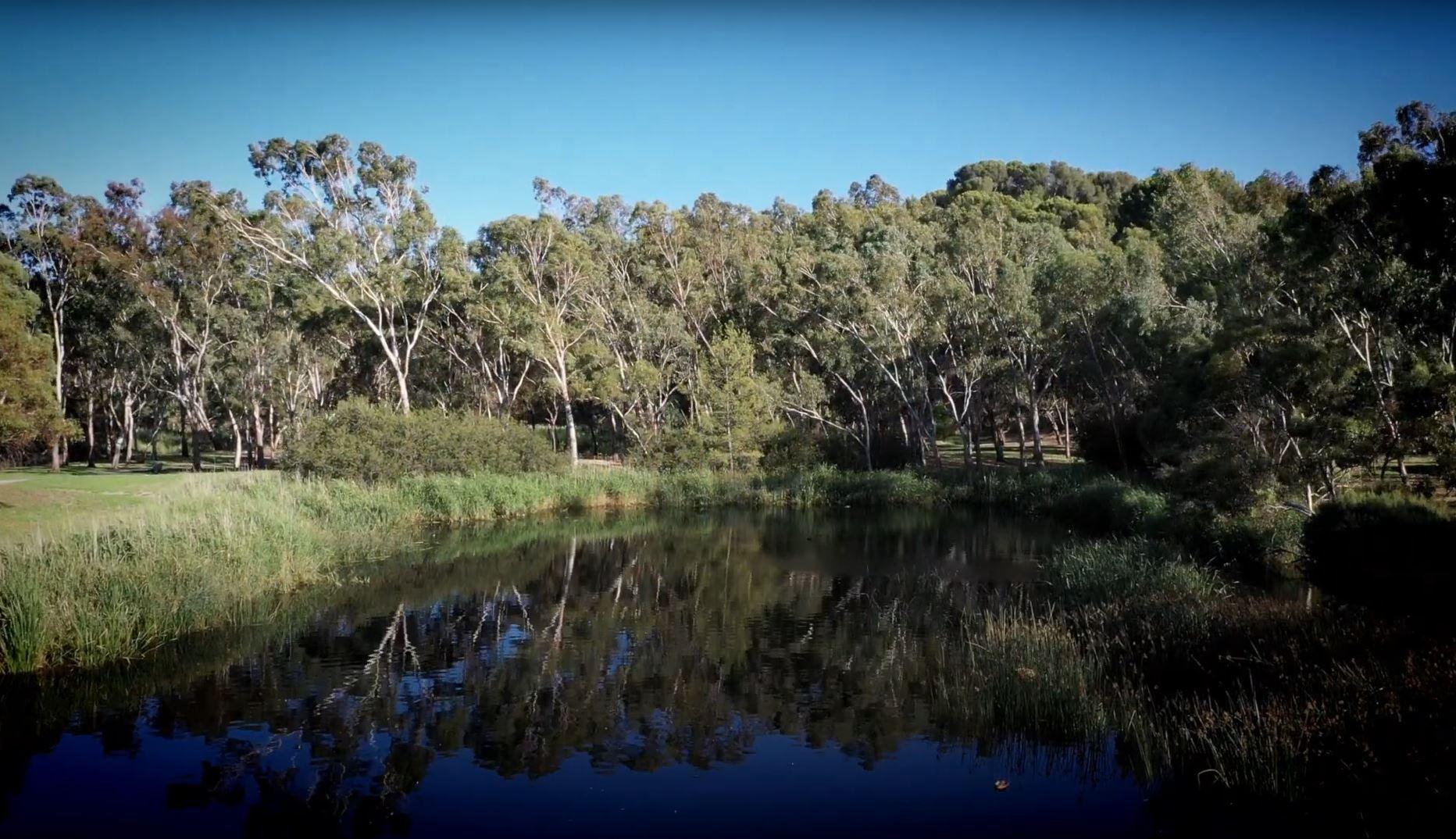
The River Torrens Recovery Project is a unique collaboration between state and local governments working towards a common goal of better water quality and biodiversity for Adelaide’s most prominent urban river system – the River Torrens/Karrawirra Pari.
Together we have been able to drastically reduce weeds along the length of the river, improving the health of the area for the native plants and animals that call the river their home.
By removing and controlling weeds and exotic trees, and planting natives, we are also improving water quality and bank stability.
And to reduce the pollutants entering the water we keep rubbish out of the river by maintaining gross pollutant traps in the Torrens catchment.
Here’s 6 signs that show this work is leading to better water quality and biodiversity along the river today:
1. Diverse plant life can be found
While you might have become accustomed to the whimsical willows and tall ash trees towering over the water's edge, or the dense jungle of blackberry bushes and olive trees – you will notice that these introduced species have gradually been replaced with a diverse range of locally native plants.
Although one willow or ash tree might not be a concern, the problem is their ability to spread so rapidly that they out-compete all other native trees and plants.
So why do we need diverse plant life along the riverbank? The plants growing along the edge of the river form a protective band – known as the riparian zone. The vegetation in this zone has an important role to play in protecting the waterway from human activities.
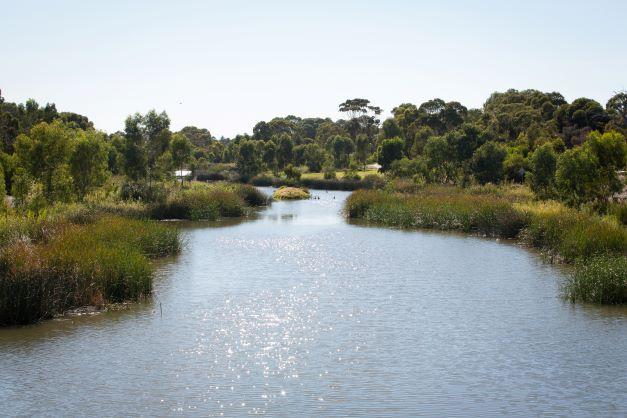
The riparian zone is also a valuable source of food and shelter for the animals on the land, as well as in the water. And it provides shade to keep the water temperature cooler, reducing the chance for algae to grow.
It’s important for the riparian zone to have a diverse range of native plants – some aquatic species in the lower sections of the zone (as these will sometimes be underwater) and some lower growing shrubs in the middle section with suitable roots to bind the soil of the banks.
Larger native trees still have their place higher up on the banks, where they provide shade and shelter and where their deep roots won’t interfere with the bank stability.
This diverse range of trees, shrubs and grasses protect the waterway from pollution and disturbance – resulting in a healthy river ecosystem.
2. There are more birds, mammals and reptiles
A healthy river ecosystem will support a wide variety of wildlife, including birds, mammals, and reptiles, which rely on the river for food and habitat.
Native animal populations increase when the right kind of food and shelter is available. This has a lot to do with the quality of the vegetation and the removal of weeds and exotic trees.
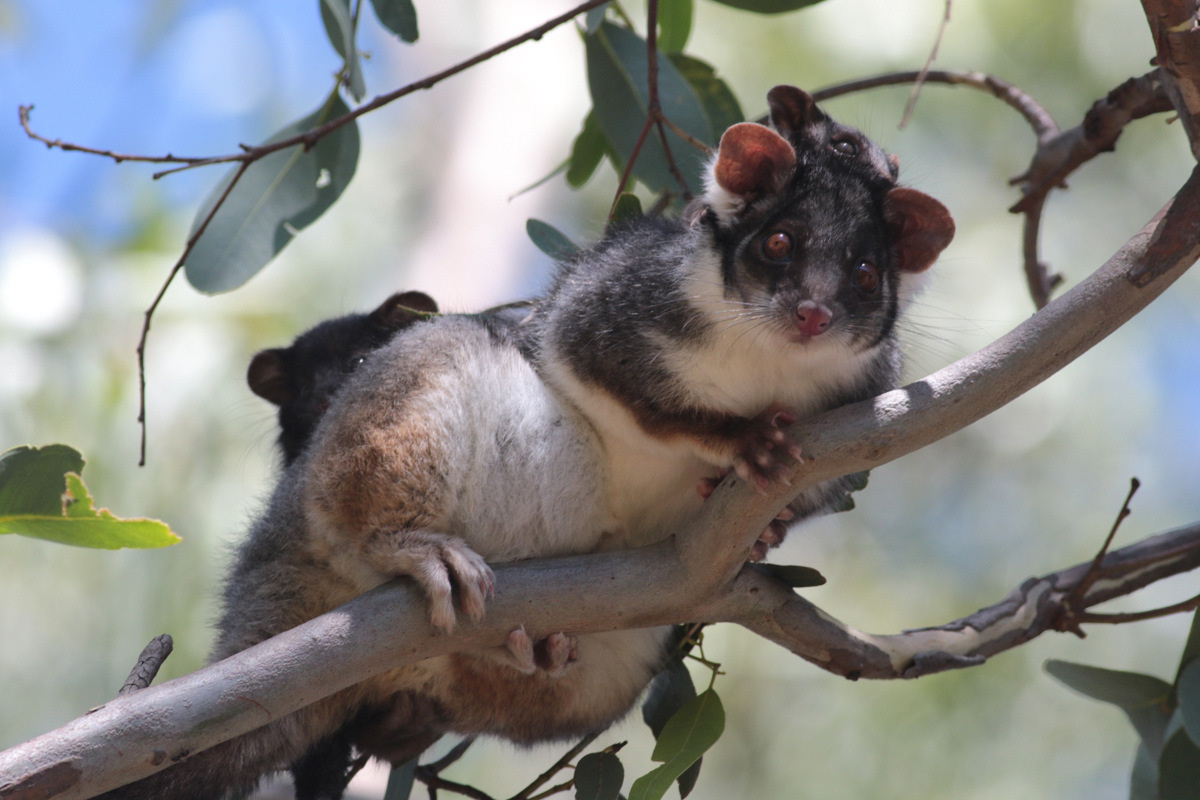
But even a weed or exotic tree can provide shelter for animals, right? Although they can provide shade and sometimes food for animals, they also provide habitat for introduced pests and they may harm the native animals that choose them for food, shelter and nesting due to toxins they release or thorns.
Native animals also like the different heights and structures offered by native plants. Just like us, native wildlife like different places to nest and sleep, and a variety of food.
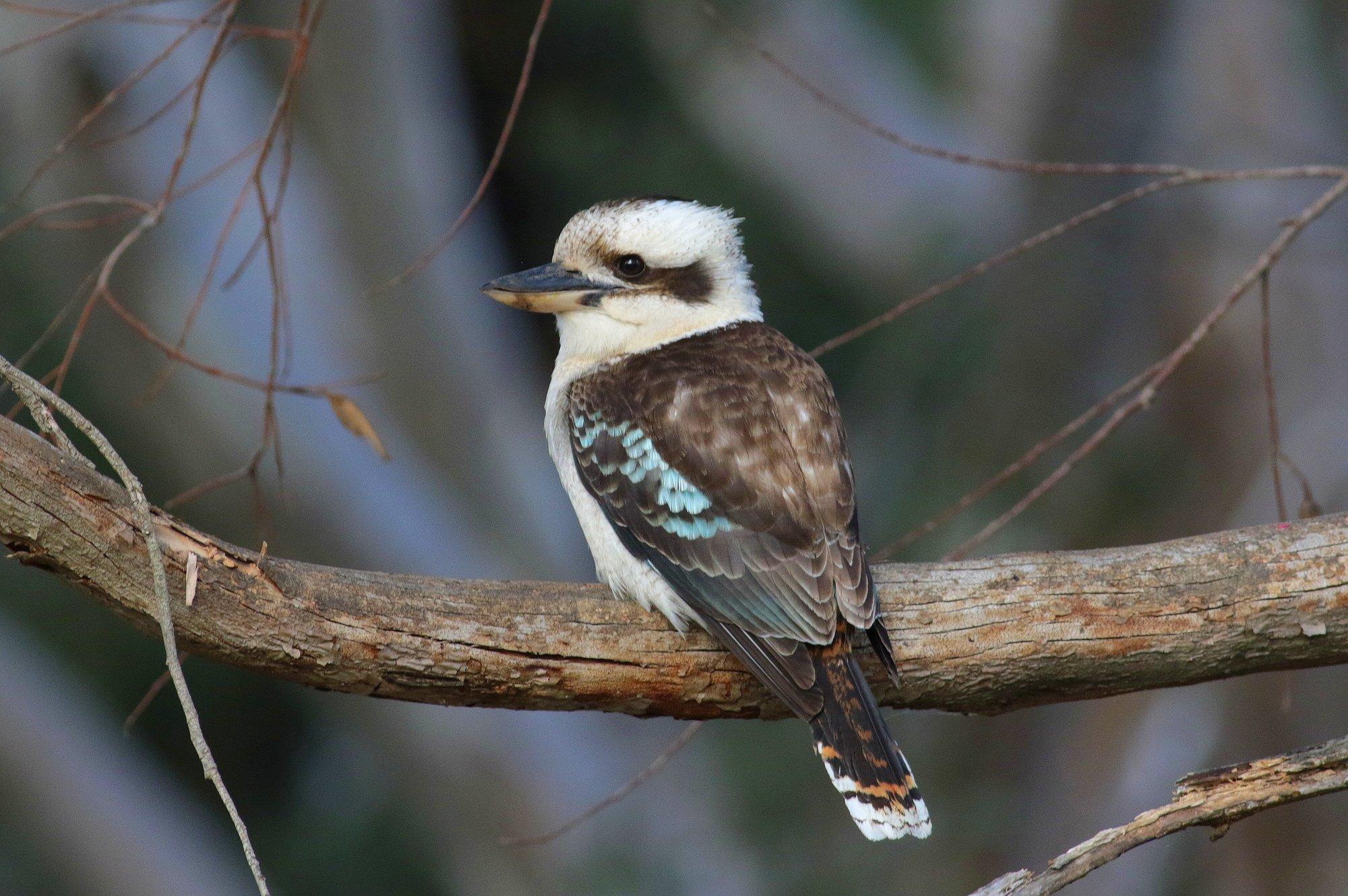
And it’s not just possums, lizards, echidnas and kookaburras that are increasing. One mammal making a comeback to the river is the rakali, or native water rat.
It’s one of only 2 amphibious mammals found in Australia (platypus is the other) and it grows up to 60 cm long, has a white-tipped tail, webbed hind feet and water-repellent fur.
Rakalis nest in burrows in the banks of the river so you might see them by day, foraging for insects, fish and crustaceans. Check out this one having a dip.
3. You can see a native fish or 2
You know the water quality has improved when there’s a greater number and variety of fish and other aquatic organisms.
The river is home to 12 native species of freshwater fish including congolli, lampreys, eels, catfish, and galaxiids. Many of these are considered to be threatened, either nationally or within the Adelaide region.
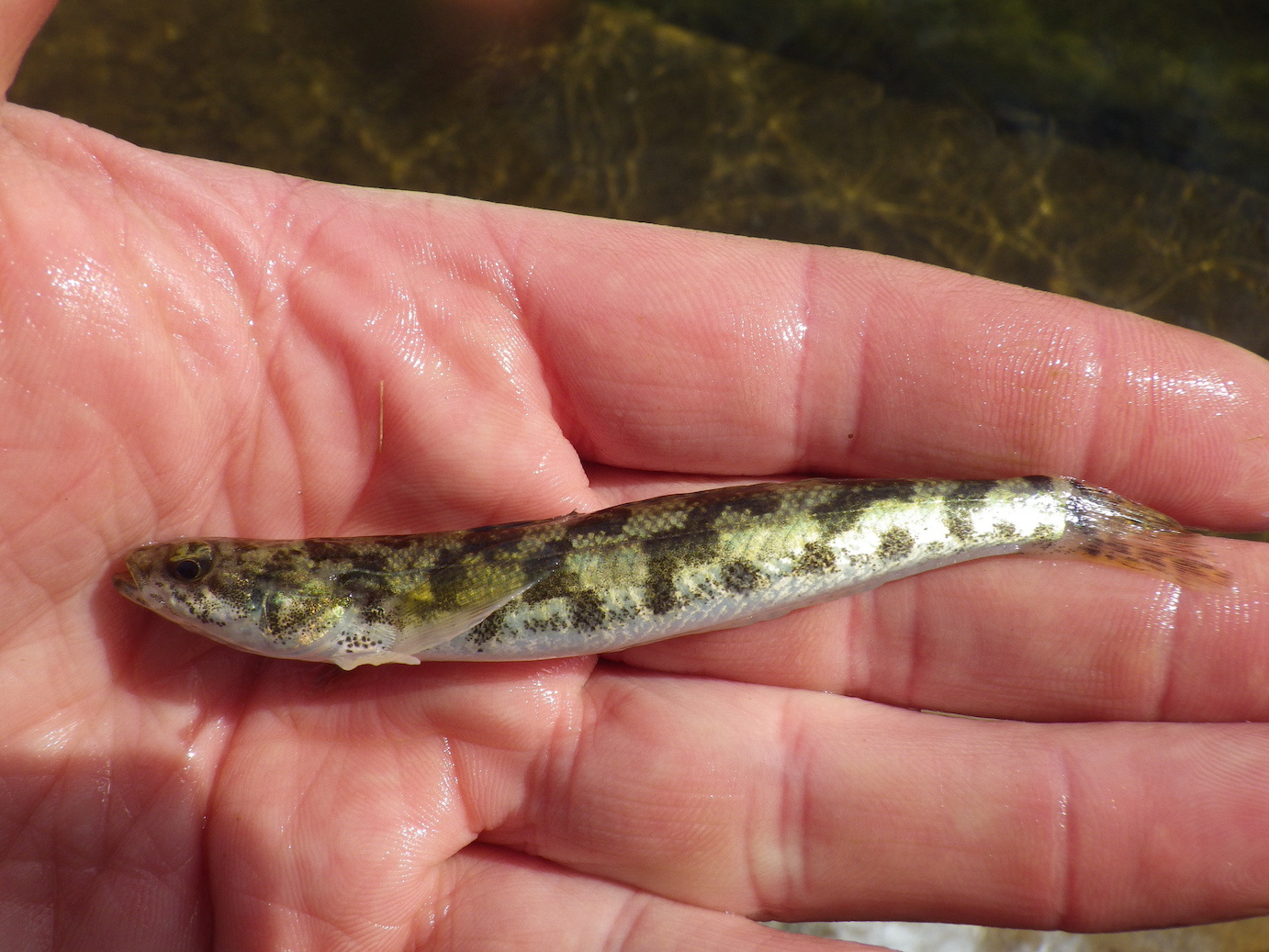
Native freshwater fish are sensitive to environmental changes, so if they’re about then we know the water quality is improving.
Part of the River Torrens Recovery project also involves removing large volumes of European carp. Carp cause issues for native fish, irrigation and fishers as they reduce water quality. They stir up mud in search of food, making the water turbid and murky.
Some of these native fish are tiny and might take some time to spot. Keep your eyes peeled for a freshwater catfish nest. When the water level is low and you can see a gravel or rocky bottom, look for a circular nest up to 2 m in diameter with a hole in the middle where females can lay up to 20,000 eggs!
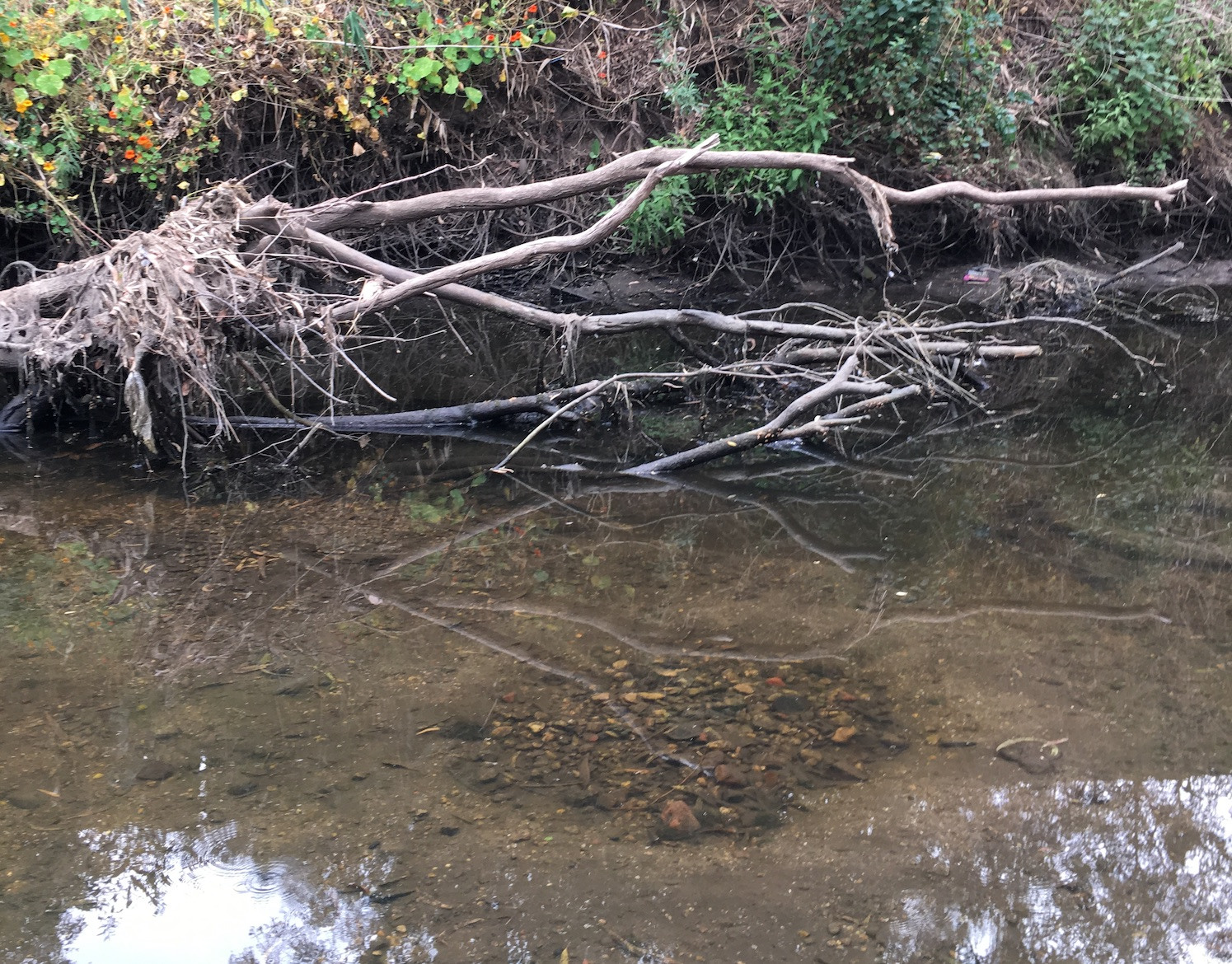
4. Frogs can be seen or heard
The presence of the humble frog is an excellent indicator of water quality and environmental health. Their permeable skin, which allows liquid and gas to get through, makes them sensitive to pollution.
The presence of several species of frogs in the one place is an even better sign. You will probably hear them before you see them though.
Frogs can easily be identified by the calls made by male frogs in their efforts to attract a mate. There are 7 species of frog found in the Adelaide region, each with a unique call.
The eastern banjo frog and the common froglet are 2 that you will most likely find in the wetlands of the river such as at Felixstowe Reserve, Victoria Park Wetland, St Peter’s Billabong and Breakout Creek Stage 2 in Lockleys.
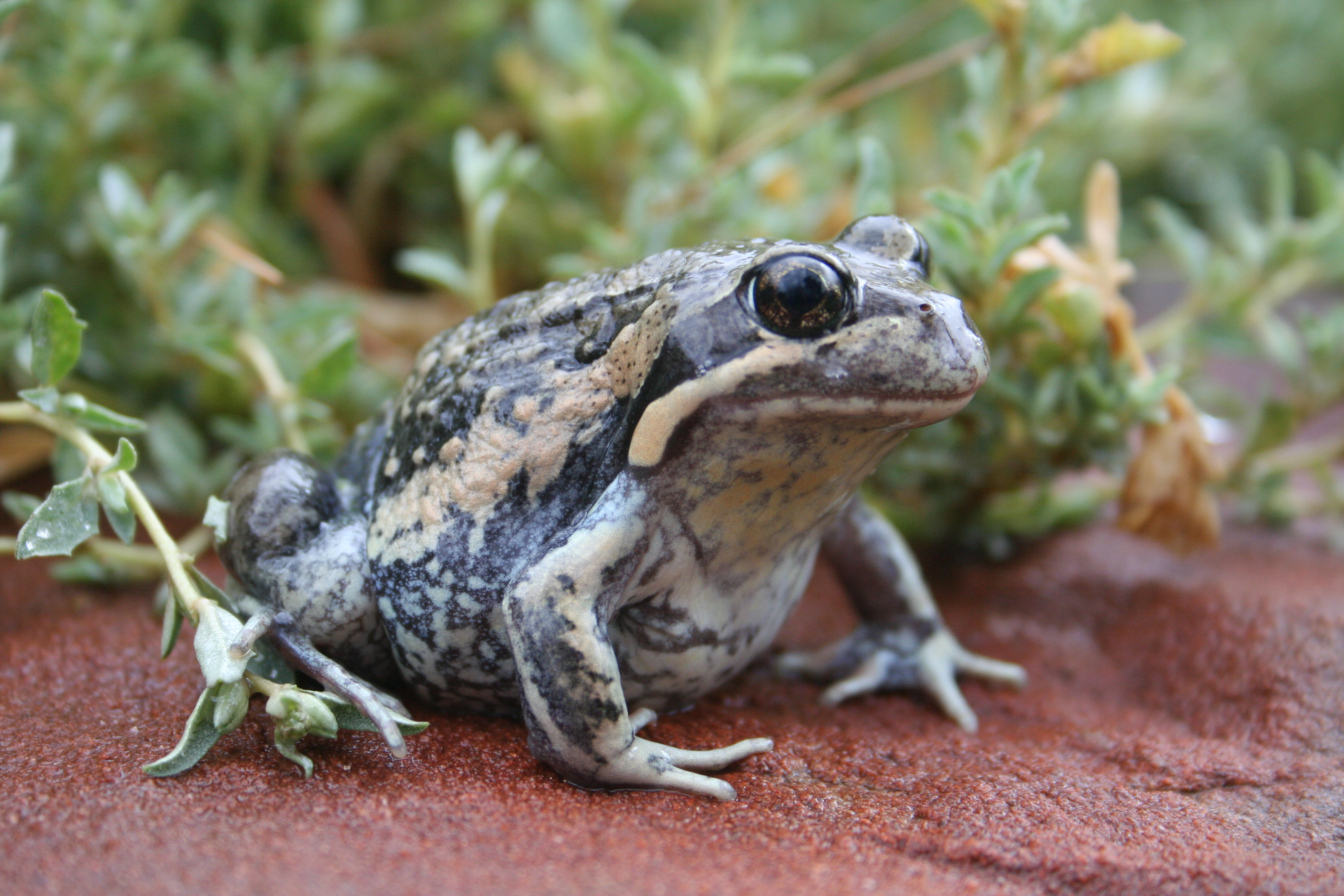
5. The macroinvertebrates are just right
Aquatic macroinvertebrates are creatures found in our waterways that are large enough to see with your naked eye and do not have a backbone.
Macroinvertebrates are bio-indicators, which means that we can work out how healthy an environment is by the kinds of macroinvertebrates that live there.
This is because some are so sensitive to pollution that they can only be found in a healthy environment.
A healthy river will have many different types of macroinvertebrates without one type dominating. A diverse range of macroinvertebrates also means there’s enough essential food for other native fish, birds, frogs and mammals.
If you look closely at the water, you can spot stonefly larvae and caddis fly larvae, water boatmen, backswimmers and dragonfly larvae.
6. Native bees are abuzz
Native bees are great indicators of environmental health because their presence means thriving native plants.
Some native plants rely on native bees to pollinate them as they can’t be pollinated by introduced honey bees.
Other flowers need vibration to release pollen – known as buzz pollination – which many of our native bees like the blue-banded bee can do.
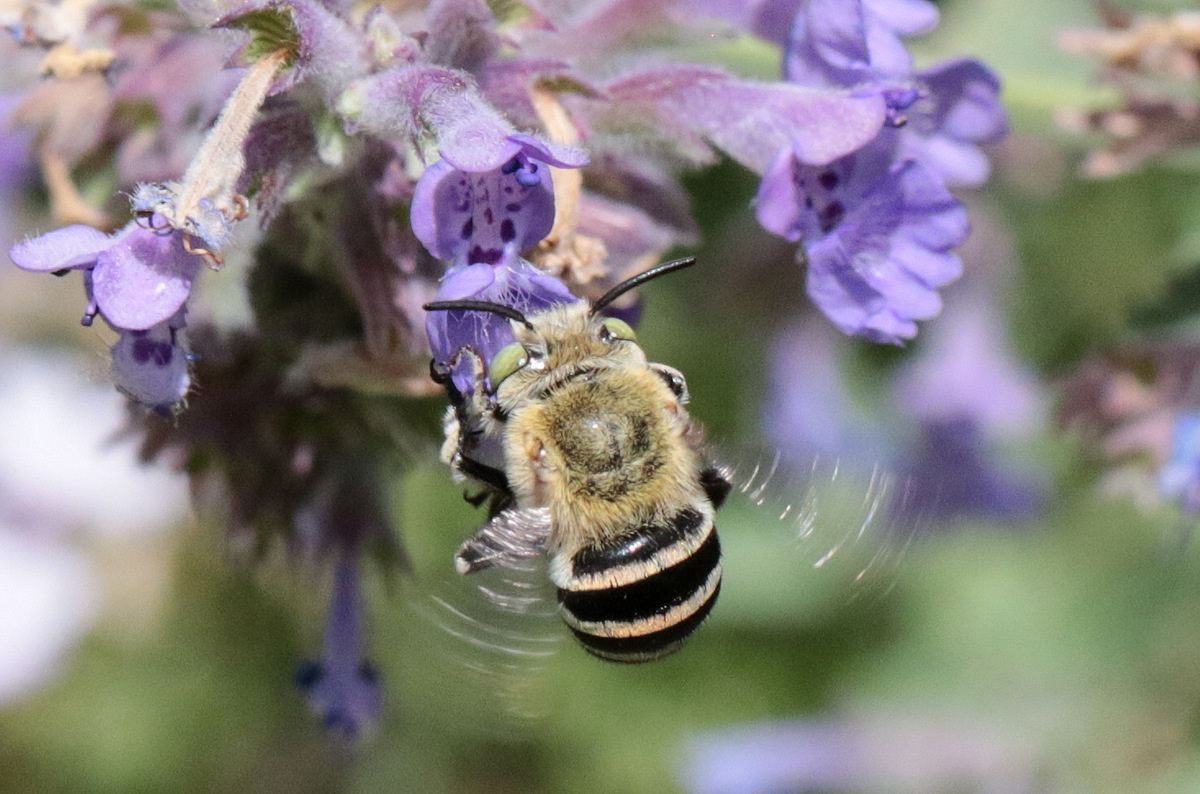
The local councils along the River Torrens Linear Park Trail have created Native Bee BnBs built by community volunteers to provide our bees with more places to live and forage.
Native bees don’t build hives as they nest in the soil or in wood such as tree logs and mostly live alone. They are not aggressive and won’t sting you unless you grab them.
They are also fantastic pollinators for your fruit trees and veggie garden, so you might want to consider opening up a native bee hotel in your own backyard.
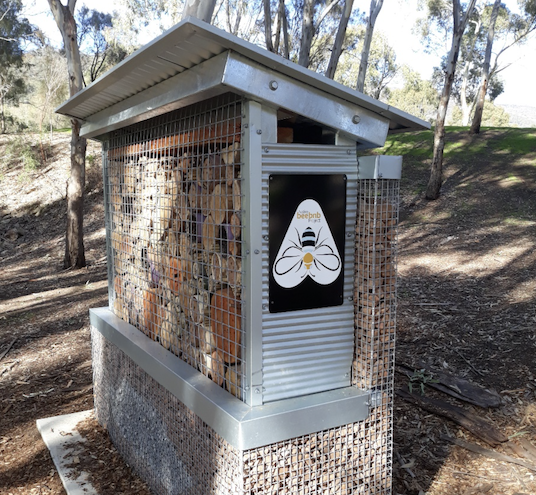
Like to learn more about Adelaide's water resources?
Like to learn more about the river? Here’s everything you need to know about the River Torrens/Karrawirra Pari.
Here's 5 native fish found in the River Torrens and how they are protected.
Learn about how you can look after waterways near or on your property.
Find out how we’re keeping rubbish out of Adelaide’s waterways.
Discover how groundwater is being replenished at Adelaide’s creeks and wetlands.
Green Adelaide supports the River Torrens Recovery project, which is a partnership between, land managers including the cities of Adelaide, Campbelltown, Charles Sturt, Port Adelaide Enfield, Norwood Payneham & St Peters, Tea Tree Gully, West Torrens, the Town of Walkerville, Adelaide Botanic Gardens and DEW on behalf of the Department for Trade and Investment.